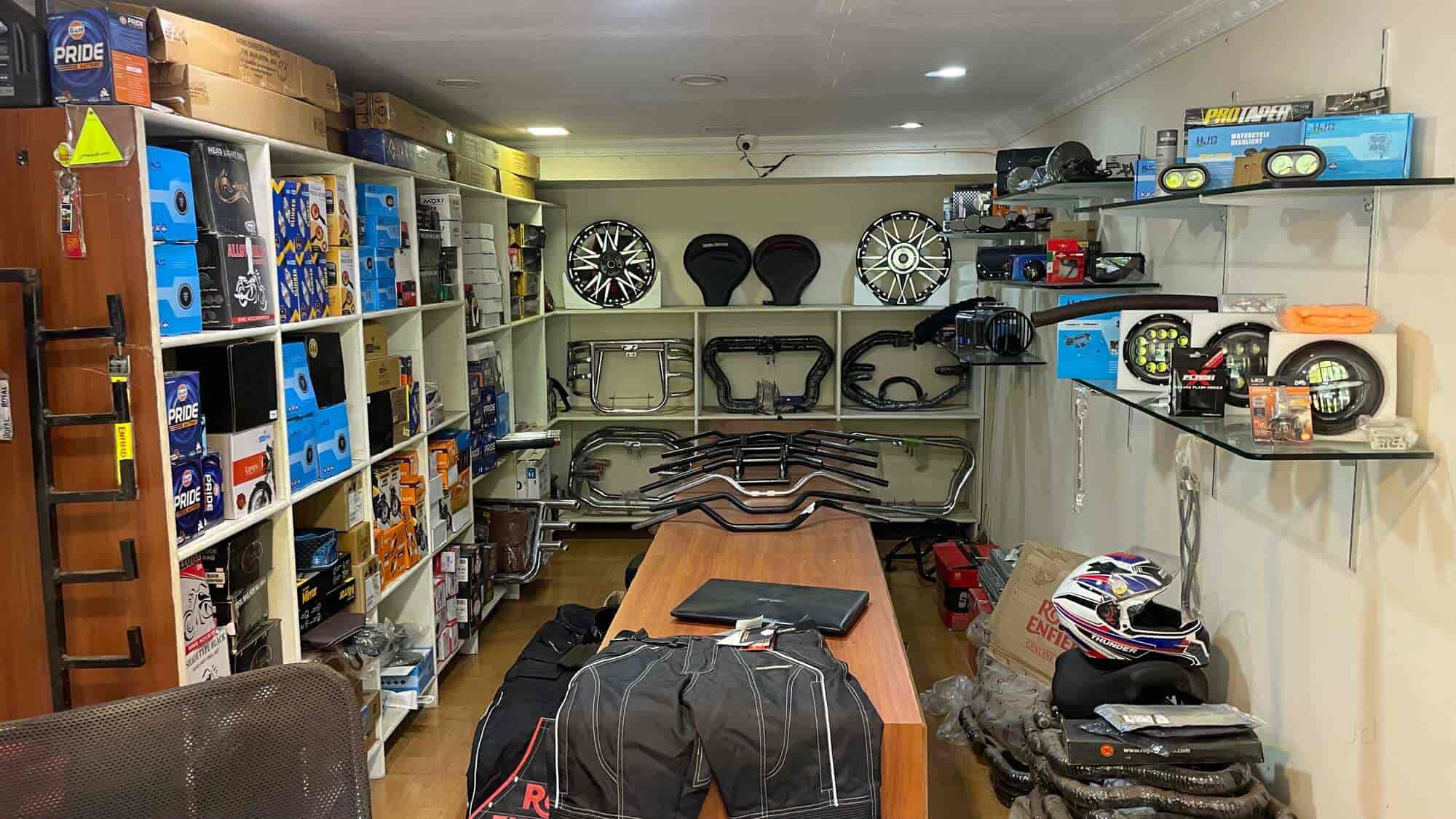Understanding Motorcycle Gears: How to Optimize Your Riding Experience
In the realm of motorcycling, understanding the art of gear manipulation is critical for boosting your riding efficiency. Properly understanding and making use of motorcycle equipments can significantly impact acceleration, control, and gas performance, transforming a typical experience right into a seamless, electrifying trip. By integrating precise change timing and adjusting equipment choice to different road problems, cyclists can guarantee ideal engine efficiency and safety and security. The nuances of clutch control, throttle control, and gear auto mechanics bid a deeper exploration, promising to unlock the complete capacity of your device. Exactly how can these techniques be utilized to really optimize your riding experience?
Comprehending Gear Mechanics
Just how do the intricacies of gear technicians influence bike efficiency? At the core of bike characteristics, gear mechanics play an essential duty in transforming engine power into motion, eventually determining rate and control. Gears, meticulously crafted elements, permit cyclists to optimize torque and rate, making certain a seamless change with various surfaces and rates. The equipment ratios, meticulously developed, determine the connection in between engine transformations and wheel turns, influencing velocity and fuel effectiveness.
Comprehending equipment mechanics begins with recognizing the importance of the transmission, which houses numerous gears of differing dimensions. These gears engage through a process called meshing, where teeth of various gears engage to transmit power. The precision of this interaction is critical; any type of imbalance or damages can bring about inefficient power transfer, impeding efficiency. In addition, the setup and size of gears affect the motorcycle's capacity to manage various loads and rates.
In addition, the idea of equipment changing is integral to maximizing performance. Smooth and prompt shifts make sure that the engine runs within its ideal power band, avoiding unnecessary stress and boosting durability (motocross gear). By understanding these mechanical complexities, riders can achieve an unified blend of control, performance, and power, boosting their riding experience
Timing Your Changes
Change timing mastery is essential for maximizing motorbike performance and improving the riding experience. Effectively timed changes make certain that the engine operates within its optimal power band, which is crucial for maintaining control, achieving smooth velocity, and making sure the durability of the motorbike. Riders should establish an instinctive feeling of when to move gears, which entails recognizing the partnership between engine revolutions per minute (RPM) and rate.
To understand shift timing, pay close focus to the engine's noise and really feel, as these offer important hints concerning when to transform gears. The optimal shift point normally happens when the engine approaches the top series of its power band without getting to the redline. Shifting prematurely can lead to an absence of power, while shifting far too late may cause unnecessary engine pressure
Furthermore, roadway conditions and riding design impact shift timing. In comparison, throughout highway riding, less changes at higher rates can be a lot more proper.
Enhancing Gas Performance
While mastering motorcycle equipments is vital for efficiency, enhancing gas effectiveness is equally crucial for both ecological and financial factors. Optimum gas usage not only minimizes operational prices but additionally minimizes the environmental impact of riding. To accomplish this, one have to comprehend the intricate connection between equipment selection and engine performance.
To start with, selecting the appropriate gear at proper speeds can significantly influence gas consumption. Riding in a higher equipment at reduced speeds can bring about engine carrying, which is destructive to both gas economic climate and engine health. Conversely, riding in reduced equipments at high rates leads to unneeded fuel intake. Hence, keeping an optimum equilibrium by changing equipments abreast with roadway problems and anticipated maneuvers is vital.
Furthermore, normal upkeep plays an essential duty in gas efficiency. Ensuring that the motorcycle is well-tuned, with clean air filters and appropriately blew up tires, can boost aerodynamics and minimize fuel wastage. In addition, taking on a riding design that welcomes steady velocity and smooth slowdown can useful site contribute to better Web Site gas economic situation.
Techniques for Smooth Transitions
Attaining smooth gear changes is fundamental to boosting the riding experience and guaranteeing the long life of a motorbike's transmission system. Appropriate gear changing not only adds to a seamless experience yet likewise decreases wear and tear on the mechanical parts. To master the art of smooth shifts, riders need to concentrate on a few crucial techniques.

Secondly, clutch control plays an essential duty. Involving and disengaging the clutch efficiently requires practice. The clutch lever ought to be launched progressively, permitting a smooth transfer of power from the engine to the wheels without creating a shock or sudden movement.

Adapting to Road Problems
Browsing varied road conditions is a crucial skill for any motorcyclist intending to keep control and security. Whether you're riding on wet surfaces, crushed rock roadways, or browsing sharp turns, your ability to adjust your equipment use and riding method is critical. Understanding just how to readjust your a knockout post gears appropriately can significantly influence grip and security, making sure a much safer journey.
In contrast, when riding on crushed rock or unequal surface, lower equipments are more effective. Lower gears give better control and enable you to react more promptly to unexpected modifications in the roadway surface.
Sharp contours demand exact equipment management to stabilize rate and control. Downshifting before getting in a curve can assist keep momentum while making sure the bike remains steady throughout the turn. Regular practice in different problems enhances your capability to respond and anticipate to adjustments in road structure and slope.
Verdict
Mastering motorbike equipments significantly enhances the riding experience by enhancing velocity, gas, and control effectiveness. A comprehensive understanding of equipment technicians and precise shift timing makes sure the engine runs within its optimum power band, while smooth transitions through efficient clutch and throttle sychronisation rise comfort and performance. Adapting gear choice to different roadway problems, such as making use of greater equipments on damp surface areas and reduced equipments on crushed rock, more boosts handling and safety. Eventually, these skills raise the general journey.
Understanding gear mechanics begins with acknowledging the importance of the transmission, which houses numerous gears of varying dimensions. These equipments interact with a process understood as meshing, where teeth of various equipments engage to transmit power (motocross gear nz). Mild adjustments to the throttle throughout equipment changes can avoid jerky activities and preserve a consistent riding rate
Whether you're riding on wet surfaces, crushed rock roads, or browsing sharp turns, your ability to adjust your equipment usage and riding strategy is critical. Adjusting equipment selection to different road problems, such as using greater gears on damp surfaces and reduced gears on crushed rock, additional enhances handling and security.
Comments on “Leading MX Gear NZ: Gear Up for Your Following Off-Road Experience”